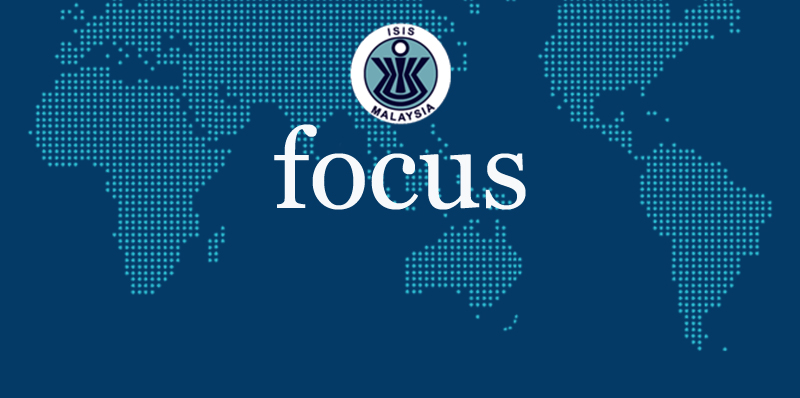Some have criticised Myanmar for its perceived lack of preparedness in dealing with the COVID-19 outbreak. But is this grounded in reality, and how effective are the current measures implemented by Naypyitaw?
BY SHWE YEE OO
The COVID-19 positive cases identified on 23 March in Myanmar alarmed the population – the nightmare they had wanted to avoid had arrived. Shortly thereafter, supermarkets were filled with people panic buying. An outbreak had been feared and expected based on Myanmar’s perceived lack of preparedness and its weak financial capacity. The people were doubtful that Naypyitaw would be able to manage the crisis effectively. Some had even remarked that authorities did not prepare, despite having enough time.
The immediate priority was to establish quarantine centres with sufficient capacity, and hospitals and schools became the first of these centres. Later, the government was able to add monasteries (courtesy of religious leaders), and certain hotels and hostels (with support from local donors) as supplementary quarantine centres. Despite this, Myanmar is still experiencing new admissions to quarantine centres daily and overall capacity, in spite of the above efforts, is now in question. Not limited to just quarantine centres, the management of hundreds of people potentially positive for COVID-19 has been a challenge. In hospitals, there are pressures on staffing, intensive care units, respirator capacity and personal protective equipment.
The second priority was to get enough test kits to test suspected victims as soon as possible. In the early days of the outbreak, Myanmar had to send sample swabs to Thailand for testing. By 26 March, the government announced that 40,000 test kits (donations from Temasek Foundation and USAID) were on their way. Even though there are now test kits in Myanmar, more manpower is needed to administer the number of tests required. The third requisite was to get all essential medical equipment for healthcare providers. In late March, Myanmar received ventilators from the same donors and on 8 April, Myanmar received a medical team from China bringing vital medical equipment. Up to the end of April, Myanmar had done 8,085 tests and had 151 positive cases, 6 deaths, 3,078 suspected cases under investigation, and 42,636 people quarantined according to the country’s Ministry of Health and Sports.
The government took appropriate action in the community. All of those who had contact with positive cases were traced, and wards and streets where positive cases were found had been ordered to close. The Stay-At-Home Order that started on 11 April was effective in the whole of Yangon, and continued until mid-May in 10 townships where most of the COVID-19 cases were found. People are recommended to reduce travels, adopt appropriate hygiene measures, and avoid crowds. All large gatherings have been banned or cancelled, including important occasions such as Myanmar New Year Festival and Armed Forces Day Celebration.
The government’s Food Assistance Providing Programme was established for affected unemployed and daily paid workers during the lockdown period. Households that qualify for benefits were surveyed and listed by the administrative chief of each ward and village. Food was distributed but the amount was insufficient for big families. Many generous individual donors also came forward.
That said, the effectiveness and efficiency of the government’s programme is still in question. A visa ban was imposed on visitors from badly affected countries, like Italy, France, Iran, Spain and the United States. Myanmar citizens coming back from a foreign country as well as domestically travelling through different states are quarantined for 21 days.
Myanmar’s economy had already been affected since the virus had spread to the southern part of China where trade with Myanmar is significant. Border trade had dried up, and Myanmar’s main food exports to China were severely hit. Ministry of Commerce data indicates that Myanmar lost US$8 million a day in border trade at the Muse border alone. According to the Confederation Trade Union of Myanmar, by 19 March, more than 10,000 workers from local garment factories across the country faced layoffs due to the heavy dependency of raw materials from China. In the Irrawaddy region, the lack of demand from China left 30,000 workers unemployed in the crab production business. The Ministry of Tourism forecasts that tourist numbers are likely to fall by 50 percent in 2020 on account of COVID-19.
The Central Bank of Myanmar reduced its interest rate from 9.5 percent to 8.5 percent effective 1 April as the economy slowed. On 18 March, the government announced a stimulus package including 100 billion Kyat (about US$70 million) worth of loans, easing deadlines for tax payments and tax exemptions for Myanmar-owned businesses. The emphasis is on assisting mainly garment and manufacturing industries, tourism, and locally owned small and medium enterprises (SMEs). On 27 April, the government issued the “Comprehensive Economic Response Plan” for economic recovery. It includes strategies and action plans – a combination of fiscal measures and policy responses for improving the macroeconomic environment through monetary stimulus, promoting investment, easing the strains in the banking sector, lessening the impact on workers and households, promoting the healthcare system with increased government spending and increasing the COVID-19 contingency fund.
The new normal for Myanmar during and after the pandemic will depend on the effectiveness of these measures.
Shwe Yee Oo is Research Assistant at the Myanmar Institute of Strategic and International Studies (MISIS) and currently a Pacific Forum Non-resident Fellow





